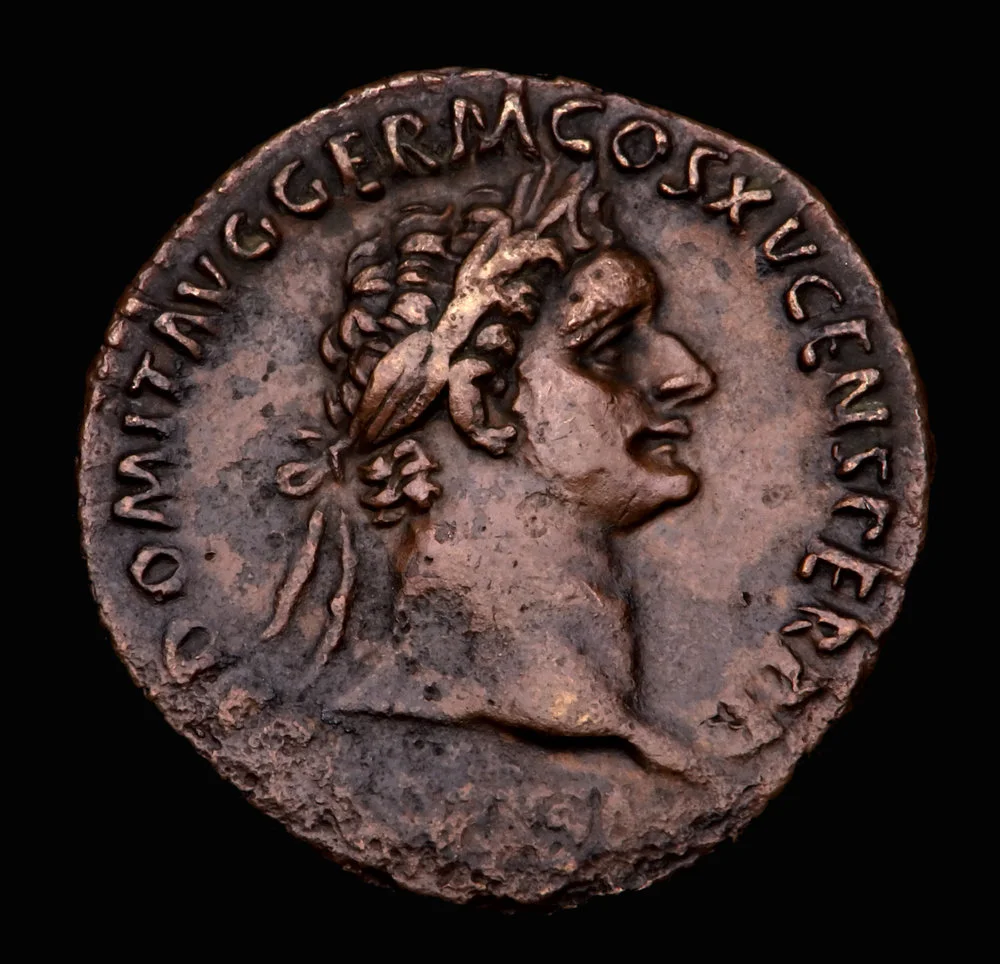Image of God and Daily Life
The NT authors use a number of word pictures to describe who Jesus is and what he has done. Previously, I explained that two of these pictures, Wisdom and Temple, point to how Jesus serves as the place Where God and Man Meet. Here I want to talk about another often-misunderstood word picture, the image of God.
Jesus is the image of the invisible God
In Colossians 1.15, Jesus is described as “the image of the invisible God.” In the ancient world, “image” commonly referred to the figurines of a god. These were meant to symbolize something about that god. In other words, the things that the god wore, carried, etc. were not meant to say that this is literally what the god looked like. Rather, they communicated something important about his/her character.
Another common use of images were the depictions of powerful people on coins (like the images of Caesar). Like the images of the gods, the images on coins were meant to communicate something important about that person. The point of an “image,” therefore, was to communicate something about another person/being.
When Jesus is described as the image of the invisible God, what Paul is saying is “If you want to know what God is like, look at Jesus. He is the visible representation of the invisible God.”
Believers are being renewed in the image of God
What is interesting is that the same letter that says that Jesus is the image of the invisible God also says that Christians are being renewed in the image of their creator, Jesus (Col 3.9-10). Do you see what is happening here? Jesus represents God, and Christians are meant to represent Jesus.
What many do not realize is that this answers a question that we have all probably asked at one point or another. “Why do Paul and others command these particular morals and not some other morals?” Or, “Why do we have to act this way?”
Christians are meant to represent Christ
Just like the figurines of gods or images on coins, we Christians represent our God, and we are meant to communicate something about Him. So, for example, when we are told that we should care about other people, it is because Christ cares about other people.
Our lives are supposed to be lived a certain way so that we accurately reflect Him. As images of Christ, we are His representatives, and our lives are meant to show who He is to others.


